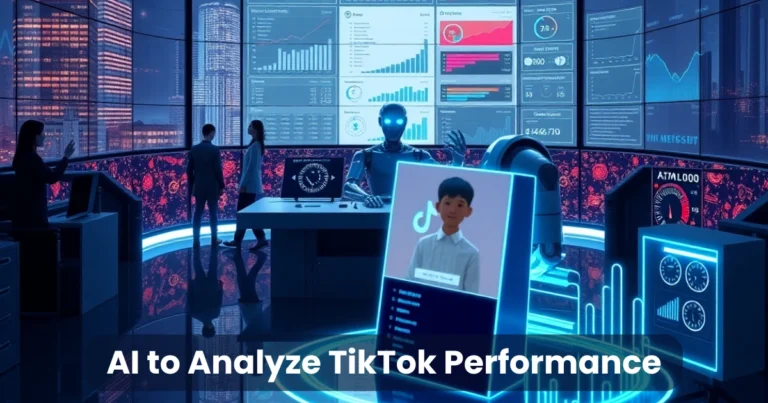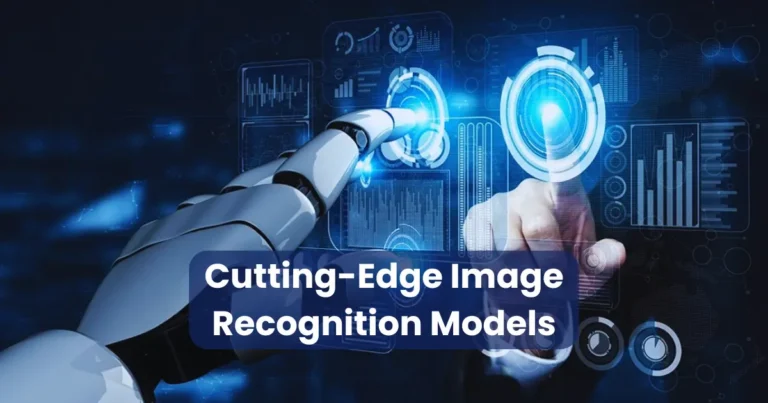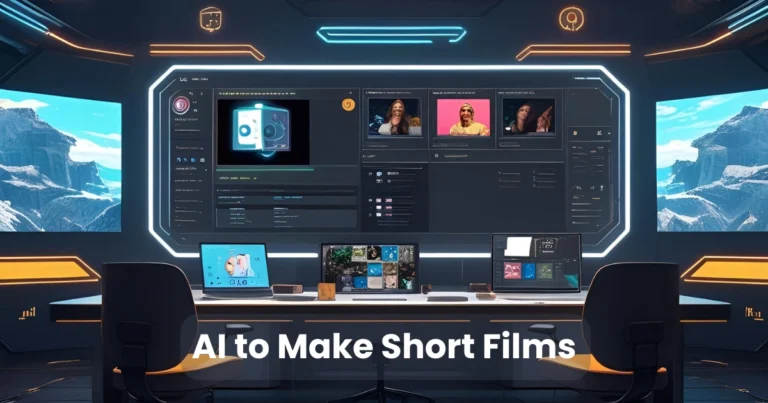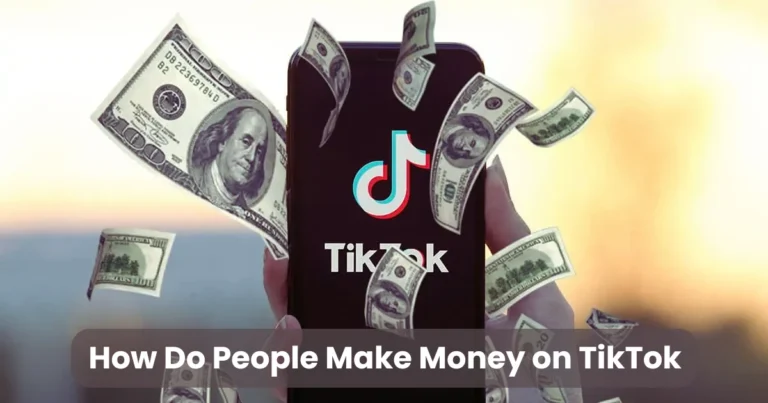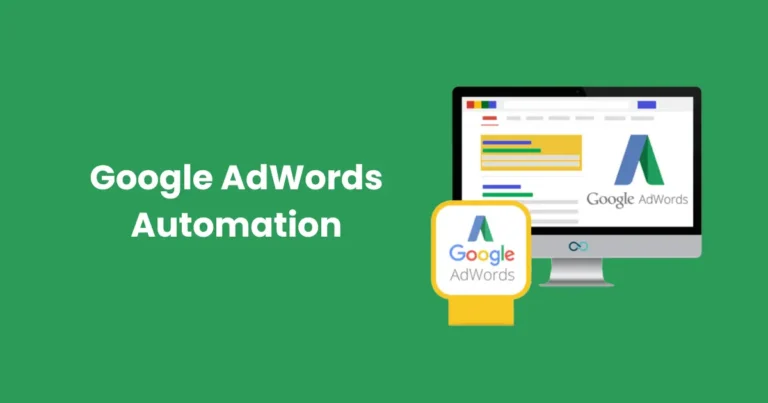AI Ethics in Visual Storytelling: Key Issues & Solutions

Contents
The rise of artificial intelligence has transformed countless industries, and AI ethics in visual storytelling stands at the forefront of this revolution. As AI tools become integral to creating compelling visuals for films, advertisements, and digital media, questions about their ethical implications grow louder. How do we ensure AI-generated content respects cultural sensitivities, avoids perpetuating biases, and maintains authenticity? This article dives deep into the intersection of AI and visual storytelling, exploring the ethical challenges and offering practical solutions to navigate this evolving landscape. By understanding these concerns, creators can harness AI’s potential responsibly, ensuring their stories resonate with audiences while upholding integrity.
Visual storytelling, a powerful medium for conveying emotions and ideas, now relies heavily on AI for generating images, videos, and animations. However, with great power comes great responsibility. The ethical dilemmas surrounding AI’s role in storytelling are complex, ranging from data privacy to the risk of deepfakes. Consequently, addressing these issues is crucial for creators aiming to maintain trust and authenticity. Let’s explore the key ethical considerations, their implications, and how storytellers can adopt responsible practices to maximize AI’s benefits.
The Role of AI in Visual Storytelling

AI’s Growing Influence in Creative Industries
AI has revolutionized visual storytelling by enabling creators to produce high-quality content efficiently. Tools like DALL·E, MidJourney, and Runway generate stunning visuals, from photorealistic images to animated sequences, in minutes. These tools analyze vast datasets to create content that aligns with user prompts, making them accessible to both professionals and amateurs. For instance, filmmakers use AI to design intricate backgrounds, while marketers craft tailored visuals for campaigns.
However, the ease of AI-driven creation raises ethical questions. How do we ensure these tools don’t replicate harmful stereotypes or infringe on intellectual property? The answer lies in understanding AI ethics in visual storytelling and implementing guidelines to govern their use. By doing so, creators can leverage AI’s capabilities while minimizing risks.
Key Applications of AI in Visual Storytelling
AI’s applications in visual storytelling are vast and varied. Some notable uses include:
- Image Generation: Tools like Stable Diffusion create visuals from text prompts, enabling rapid prototyping of concepts.
- Video Editing: AI-powered platforms like Adobe Premiere’s AI features automate editing tasks, such as color correction and scene transitions.
- Deepfake Technology: AI can swap faces or mimic voices, creating hyper-realistic but potentially misleading content.
- Animation and 3D Modeling: AI streamlines the creation of animated characters and environments, reducing production time.
While these advancements enhance creativity, they also introduce ethical challenges. For example, deepfakes can deceive audiences, and AI-generated art may unintentionally replicate copyrighted works. Therefore, creators must prioritize ethical considerations to maintain trust.
Ethical Challenges in AI-Driven Visual Storytelling

1. Bias in AI-Generated Content
AI systems learn from vast datasets, often scraped from the internet. These datasets can contain biases reflecting societal inequalities, leading to problematic outputs. For instance, an AI trained on biased data might generate visuals that stereotype certain demographics or exclude underrepresented groups. This issue is particularly concerning in visual storytelling, where imagery shapes audience perceptions.
To address this, creators must audit datasets and fine-tune AI models to reduce bias. Additionally, involving diverse teams in the development process ensures varied perspectives, minimizing the risk of harmful representations. By prioritizing AI ethics in visual storytelling, creators can produce inclusive and authentic content.
2. Authenticity and Transparency
AI-generated visuals can blur the line between reality and fiction. Deepfakes, for example, can create convincing but false narratives, eroding audience trust. In storytelling, authenticity is paramount—viewers want to connect with genuine emotions and experiences. When AI manipulates visuals without clear disclosure, it risks misleading audiences.
To maintain transparency, creators should label AI-generated content clearly. For instance, a filmmaker using AI to create a historical reenactment should disclose its artificial nature. This practice aligns with AI ethics in visual storytelling, fostering trust and credibility.
3. Intellectual Property and Copyright Concerns
AI tools often train on existing artworks, raising questions about intellectual property. If an AI generates a visual resembling a copyrighted piece, who owns the output? This issue is particularly relevant in industries like advertising, where originality is critical. Moreover, artists whose works are used in training datasets may not receive credit or compensation.
To navigate this, creators should use AI tools with clear licensing agreements and prioritize original prompts. Additionally, supporting policies that compensate artists for their contributions to training data aligns with AI ethics in visual storytelling.
4. Privacy and Data Security
AI systems require vast amounts of data, often including personal images or videos. In visual storytelling, using such data without consent can violate privacy rights. For example, an AI tool generating a character based on real individuals’ likenesses could lead to legal and ethical issues.
To mitigate this, creators must ensure data is sourced ethically, with explicit consent from individuals. Implementing robust data security measures also protects against breaches, reinforcing AI ethics in visual storytelling.
5. Environmental Impact
Training AI models consumes significant computational resources, contributing to carbon emissions. As visual storytelling increasingly relies on AI, creators must consider the environmental footprint of their tools. Ethical storytelling involves balancing creative output with sustainability.
To address this, companies can invest in energy-efficient AI models and offset their carbon footprint. Creators should also advocate for greener practices in the AI industry, aligning with AI ethics in visual storytelling.
Strategies for Ethical AI Use in Visual Storytelling

1. Develop Clear Ethical Guidelines
To ensure responsible AI use, creators should establish ethical guidelines tailored to visual storytelling. These guidelines should address bias, transparency, intellectual property, and privacy. For example, a studio might mandate that all AI-generated content be labeled and reviewed for bias before publication.
By formalizing these principles, creators can align their work with AI ethics in visual storytelling, fostering accountability and trust.
2. Foster Diversity in AI Development
Diverse teams are essential for mitigating bias in AI systems. By including individuals from varied backgrounds, developers can identify and address potential biases in datasets and algorithms. For instance, a diverse team designing an AI for character generation can ensure representations are inclusive and culturally sensitive.
This approach not only enhances content quality but also aligns with AI ethics in visual storytelling, promoting fairness and representation.
3. Prioritize Transparency with Audiences
Transparency is key to maintaining audience trust. Creators should disclose when AI is used in their work, whether through on-screen labels or accompanying documentation. For example, a documentary using AI-generated visuals could include a disclaimer explaining the technology’s role.
This practice reinforces AI ethics in visual storytelling, ensuring audiences understand the creative process and can trust the content.
4. Advocate for Fair Compensation
To address intellectual property concerns, creators should advocate for policies that compensate artists whose works contribute to AI training datasets. Platforms like ArtStation could partner with AI developers to create royalty systems, ensuring artists benefit from their contributions.
By supporting fair compensation, creators uphold AI ethics in visual storytelling, fostering a sustainable creative ecosystem.
5. Invest in Ethical AI Tools
Not all AI tools are created equal. Creators should choose platforms that prioritize ethical practices, such as transparent data sourcing and bias mitigation. For instance, selecting an AI tool that uses licensed datasets or offers clear ethical guidelines ensures responsible use.
This choice aligns with AI ethics in visual storytelling, enabling creators to produce high-quality content without compromising integrity.
Case Studies: AI Ethics in Action
Case Study 1: AI in Film Production
A major film studio recently used AI to generate background visuals for a sci-fi movie. While the technology saved time and costs, the AI inadvertently produced visuals resembling copyrighted artwork, leading to legal disputes. To resolve this, the studio implemented stricter guidelines, requiring AI outputs to be cross-checked against existing works.
This case highlights the importance of AI ethics in visual storytelling, emphasizing the need for proactive measures to protect intellectual property.
Case Study 2: Deepfakes in Advertising
An advertising campaign used deepfake technology to feature a celebrity endorsing a product. While the campaign initially gained traction, it faced backlash when audiences learned the endorsement was fabricated. The brand responded by issuing a public apology and labeling future AI-generated content.
This example underscores the need for transparency, a core principle of AI ethics in visual storytelling, to maintain audience trust.
The Future of AI Ethics in Visual Storytelling
As AI technology advances, its role in visual storytelling will only grow. Emerging trends, such as real-time AI rendering and personalized content generation, promise to enhance creativity. However, these advancements also amplify ethical challenges, requiring creators to stay vigilant.

To prepare for the future, stakeholders must collaborate to establish industry-wide standards for AI ethics in visual storytelling. Governments, tech companies, and creators should work together to develop regulations that address bias, privacy, and intellectual property. Additionally, educating creators about ethical AI use will empower them to make informed decisions.
Conclusion
AI has unlocked unprecedented possibilities in visual storytelling, enabling creators to craft compelling narratives with ease. However, the ethical implications of AI cannot be ignored. From addressing bias to ensuring transparency, creators must prioritize AI ethics in visual storytelling to maintain trust and authenticity. By adopting clear guidelines, fostering diversity, and advocating for fair practices, storytellers can harness AI’s potential responsibly.
As the industry evolves, staying informed about ethical challenges and solutions will be crucial. Creators who embrace AI ethics in visual storytelling will not only produce impactful content but also set a standard for responsible innovation. Let’s move forward with creativity and conscience, ensuring AI enhances storytelling without compromising integrity.

